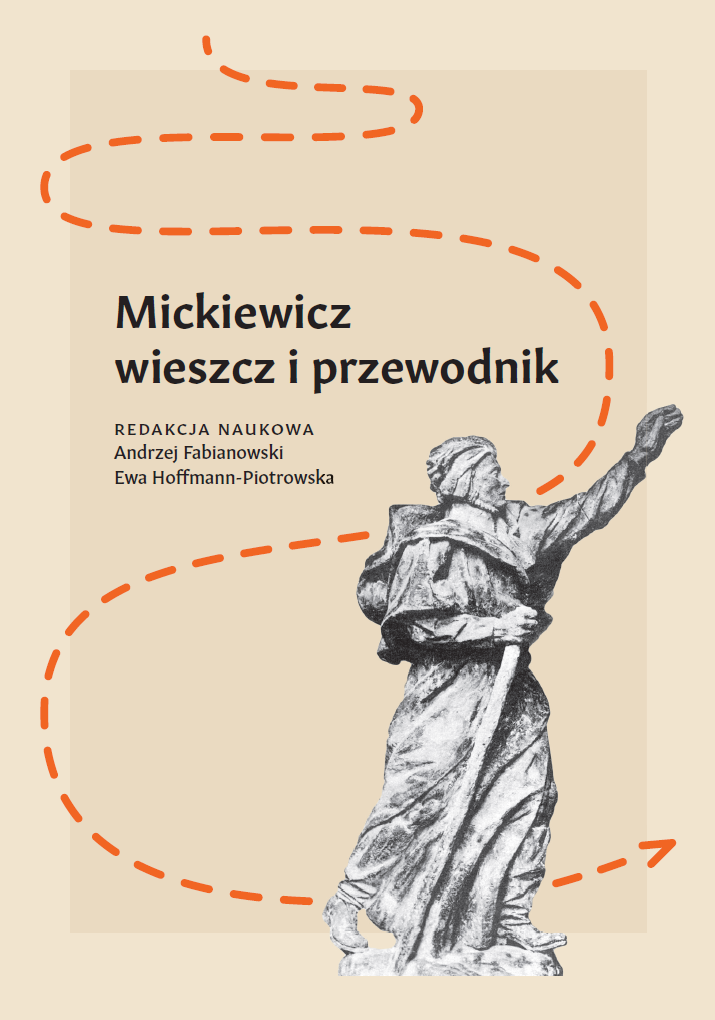Polska na krzyżu
POLAND CRUCIFIED
Author(s): Michał Masłowski
Subject(s): Language and Literature Studies, Cultural history, Studies of Literature, Polish Literature
Published by: Wydawnictwa Uniwersytetu Warszawskiego
Keywords: spirituality; ethics; ideology; immanence; curse; cross; messianism; nation; modernity; labour; Romanticism; solidarity; utopia
Summary/Abstract: The presentation highlights Mickiewicz’s never-fading yet suppurating metaphor of the cross from the Vision of Father Peter. By means of the portrait of a crucified Poland Mickiewicz triggers messianism which is sometimes understood as an eschatological hope for political liberation, a Christian mission to transfigure the world in a Promethean manner, acting in accordance with the Gospel, or as a curse of Catholic nationalism (‘Smolensk religion’). The metaphor, brought into existence in the period when a common denominator between politics and religion was in hot pursuit, can today be interpreted as a utopia that activates society or as an ideology of alliance between throne and altar. One of the crossreferences to this way of thinking is a recently published book by Paweł Rojek on Polish messianism popularised by John Paul II – the Pope who referred to Norwid’s idea of ‘messianic labour’. Norwid’s influence on the Pope reached its climax in the period of early Solidarity movement and the publication of Etyka Solidarności [The Ethics of Solidarity] by Józef Tischner (1981). However, Rojek’s approach poses a significant theoretical difficulty, yet inspiring one, which reflects in the fact that the author treats a nation as a collective individual (‘theology of nation’) as well as in the attitude of ‘messianism’ to modernity. On the whole, the metaphor of a cross and the messianic legend constituted or better still boosted the best and the worst attributes of Polish Romanticism – the ideal of spiritual development and solidarity on one hand and Catholic nationalism and national egoism on the other.
Book: Mickiewicz – wieszcz i przewodnik
- Page Range: 241-254
- Page Count: 14
- Publication Year: 2019
- Language: Polish
- Content File-PDF

